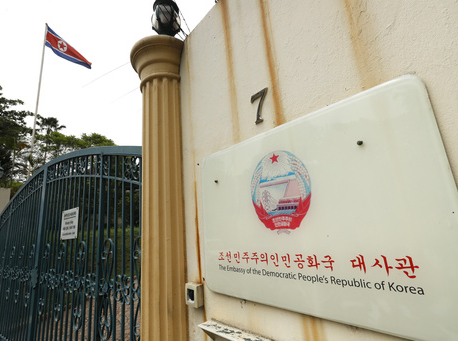
OR
Govt lifts ban placed on import of luxury vehicles
Published On: March 23, 2021 06:30 AM NPT By: Republica | @RepublicaNepal

KATHMANDU, March 23: The government has lifted a ban on import of the luxury vehicles that had been in place since the government enforced a nationwide lockdown on March 24 last year.
Publishing a notice in the Nepal Gazette on Monday, the government has rolled back its previous decision. With the new provision, the restriction on import of the vehicles costing more than Rs 5 million has now been removed.
Last year, the government had barred import of luxury vehicles along with gold, dry fruits like dates, clove, small cardamom, peas and alcoholic beverages. The government took the step showing a cause of possible pressure on the foreign currency reserve that the country could sustain due to the lockdown and the impacts of coronavirus.
While the restriction on import of alcoholic beverages has been removed a long time back, the government turned flexible also on import of peppercorn, peas and dates a few days ago. Nepal spends a significant amount of foreign currency on the import of unproductive goods such as luxury cars, alcoholic beverages and gold.
According to officials at the Nepal Rastra Bank (NRB), the government may have taken the decision keeping in view of the rise seen in the foreign currency reserve in recent months. Import of luxury vehicles also constitute a major source of revenue of the government in the form of custom tax.
Prior to the outbreak of COVID-19 pandemic in the country in March last year, the government had foreign currency reserve of US $ 9.49 billion. As of mid-February this year, the country’s foreign currency reserve stood at US $ 12.57 billion, according to the NRB’s Current Macroeconomic Report.
Workers’ remittance is the major source of foreign currency earning of Nepal. The government’s decision to demonstrate flexibility in the mobilization of foreign currency reserves amid rise in the volume of foreign currency earnings. There was apprehension that it would decline sharply during the COVID-19 period.
The NRB statistics shows that remittance inflows increased 10.9 percent to Rs 567.70 billion during mid-July and mid-February.
You May Like This

Saudi women gear up for new freedom as driving ban ends
RIYADH, June 24: Women in Saudi Arabia took to the roads at midnight on Sunday, ushering in the end of... Read More...

2nd Practice Match: Sharp fielding restricts Ban U-19 to 227
KATHMANDU, Nov 4: Nepal U-19 ran out four Bangladesh U-19 batsmen to restrict them for 227 runs in 50 overs... Read More...

N. Korea, Malaysia ban each other's citizens from leaving
KUALA LUMPUR, Malaysia, March 7: North Korea said Tuesday it was banning Malaysians from leaving the country as its bitter diplomatic... Read More...
Just In
- KMC to organize a month-long skill fair from May 1
- Birgunj Metropolis collects over Rs 360 million in revenue
- NEPSE plunges below 2,000 points after one and a half months; daily turnover declines to Rs 2.10 billion
- AI Index Report-2024: AI still behind humans on complex tasks like competition-level mathematics
- Daiji-Jogbudha road construction at snail’s pace
- Govt fails to adopt podway technology despite its potential in Nepal
- Jhulaghat border crossing in Baitadi to remain closed from this evening
- Universities will be free from partisan interests: Education Minister


















Leave A Comment